Home>Articles>What Is The R-Value Of Double Bubble Insulation
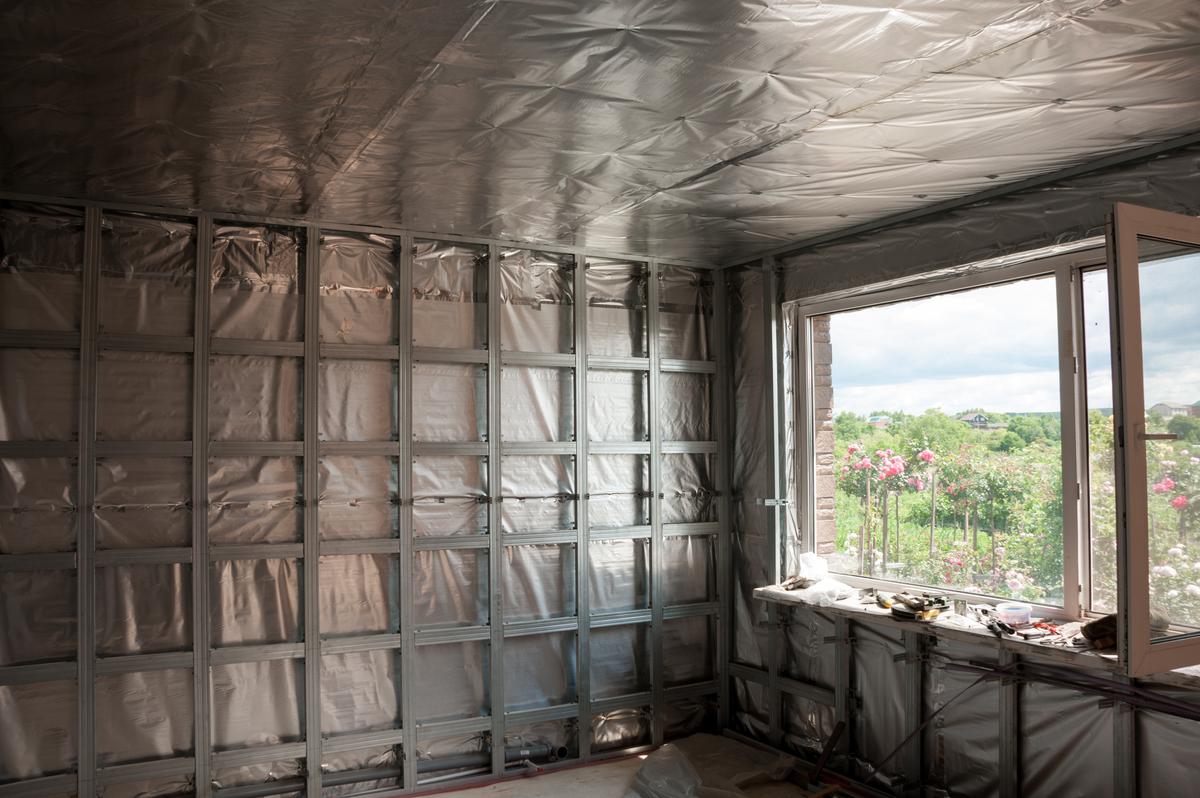

Articles
What Is The R-Value Of Double Bubble Insulation
Modified: December 7, 2023
Learn about the R-value of double bubble insulation and how it can improve energy efficiency. Read our articles for valuable insights and tips.
(Many of the links in this article redirect to a specific reviewed product. Your purchase of these products through affiliate links helps to generate commission for Storables.com, at no extra cost. Learn more)
Introduction
When it comes to insulation, one important factor to consider is the R-value. The R-value measures the thermal resistance of a material, indicating how well it can prevent heat transfer. The higher the R-value, the better the insulation. In this article, we will explore the R-value of double bubble insulation.
Double bubble insulation has gained popularity in recent years due to its effectiveness in preventing thermal transfer and reducing energy consumption. Whether you are looking to insulate your home, office, or any other space, understanding the R-value of double bubble insulation is crucial in making an informed decision.
In this article, we will delve into the world of double bubble insulation, exploring its working mechanism, advantages, disadvantages, applications, and much more. By the end, you will have a comprehensive understanding of the R-value associated with double bubble insulation and how it can benefit your specific insulation needs.
Key Takeaways:
- Double bubble insulation offers a high R-value, providing effective thermal resistance by combining insulating air pockets and reflective properties. It’s a versatile, cost-effective solution for various insulation needs.
- Understanding the factors affecting the R-value of double bubble insulation, such as thickness and installation quality, is crucial for maximizing its efficiency. It’s a sustainable choice for energy conservation and improved thermal comfort.
Read more: What Is The R-Value In Insulation
Understanding the R-Value
Before we dive into the specifics of the R-value associated with double bubble insulation, let’s first understand what the R-value represents in general.
The R-value is a numerical measurement that quantifies the thermal resistance of a material. It indicates how effective a material is at impeding the flow of heat through it. The higher the R-value, the better the insulation provided by the material.
R-values are typically given for insulation materials such as fiberglass, foam, or cellulose. These values help consumers compare different insulation products and choose the most suitable option for their needs.
The R-value takes into account several factors, including the thickness and density of the insulation material. Thicker and denser materials tend to have higher R-values as they offer more resistance to heat flow.
It’s important to note that the R-value is additive. Therefore, if you combine multiple layers of insulation, such as using double bubble insulation in conjunction with another type of insulation, you can accumulate their respective R-values to achieve a higher overall thermal resistance.
The R-value is measured in units of thermal resistance (e.g., square feet hour degrees Fahrenheit per British thermal unit or ft²·°F·hr/BTU). This measurement helps determine how well the insulation material can resist heat transfer.
It’s essential to consult local building codes and regulations to determine the minimum R-value requirements for your specific geographical location and type of building. Different regions have different climate conditions, and the R-value recommendations can vary accordingly.
Understanding the R-value is crucial in choosing the right insulation material. Let’s now focus specifically on double bubble insulation and explore its unique R-value characteristics and benefits.
What is Double Bubble Insulation?
Double bubble insulation is a type of reflective insulation that consists of two layers of polyethylene bubbles sandwiched between layers of reflective foil. This innovative design provides both insulation and radiant barrier properties, making it an efficient solution for reducing heat transfer.
The bubbles in double bubble insulation act as air pockets, creating a thermal barrier that helps improve insulation performance. The reflective foil layers reflect radiant heat, preventing it from entering or escaping the space being insulated.
Unlike traditional insulation materials such as fiberglass or foam, double bubble insulation does not rely solely on slowing down conductive heat transfer. Instead, it combines the principles of conduction, convection, and radiant heat transfer to provide effective insulation.
This type of insulation is commonly used for various applications, including residential and commercial buildings, metal buildings, agricultural structures, and even for insulating pipes and ductwork.
Double bubble insulation is available in various thicknesses, with thicker versions offering higher R-values. The R-value of the insulation is determined by several factors, such as the thickness of the air pockets, the number of reflective layers, and the quality of the materials used.
Overall, double bubble insulation is a versatile and cost-effective solution for improving energy efficiency and reducing heat transfer in different settings. Its unique design and combination of insulation and radiant barrier properties make it a popular choice for many insulation applications.
How Does Double Bubble Insulation Work?
Double bubble insulation works by utilizing multiple mechanisms to reduce heat transfer and improve insulation in a space. Let’s take a closer look at how it works:
- Reflective Properties: The layers of reflective foil in double bubble insulation help reflect radiant heat away from the space. This means that in hot climates, the insulation prevents external heat from entering the building, keeping the interior cool. In colder climates, it helps retain internal heat, keeping the space warm.
- Air Pockets: The bubbles in double bubble insulation act as insulating air pockets. Air is a poor conductor of heat, and the trapped air in the bubbles creates a barrier that prevents heat transfer via conduction. This also helps reduce the transfer of noise and vibrations.
- Thermal Breaks: The polyethylene material in double bubble insulation acts as a thermal break, limiting heat transfer by conduction. It helps separate the inside and outside temperatures, reducing the flow of heat through the building envelope.
- Moisture Barrier: The polyethylene layers of double bubble insulation also provide a moisture barrier, helping to prevent the entry of water and moisture into the building. This is especially beneficial for areas prone to high humidity or moisture intrusion.
The combination of reflective properties, insulating air pockets, thermal breaks, and moisture resistance makes double bubble insulation an effective solution for improving energy efficiency and comfort in various environments.
It’s important to note that the performance of double bubble insulation can be affected by the installation technique and the quality of the materials used. Proper installation is essential to ensure maximum effectiveness and achieve the desired R-value.
Now that we have a basic understanding of how double bubble insulation works, let’s explore the factors that can impact its R-value and overall performance.
Factors Affecting the R-Value of Double Bubble Insulation
The R-value of double bubble insulation can vary depending on several factors. Understanding these factors is crucial in determining the insulation’s effectiveness and choosing the right product for your specific needs. Let’s explore the key factors affecting the R-value of double bubble insulation:
- Thickness: The thickness of double bubble insulation plays a significant role in determining its R-value. Thicker insulation generally provides higher R-values as it offers more insulation material and air pockets for heat resistance. However, it’s essential to consider space constraints and specific requirements to determine the appropriate thickness for your application.
- Number of Reflective Layers: The number of reflective foil layers in double bubble insulation impacts its thermal performance. More layers of reflective foil enhance the insulation’s ability to reflect radiant heat, increasing its overall R-value.
- Air Gap: The presence of an air gap between the insulation and the surface being insulated affects the R-value. A larger air gap allows for better heat resistance and improved insulation performance. Proper installation techniques should be followed to ensure the air gap is maintained consistently.
- Quality of Materials: The quality of the materials used in double bubble insulation can affect its overall R-value. Opting for high-quality materials ensures better insulation performance and longevity. It’s advisable to choose insulation materials that comply with relevant industry standards and certifications.
- Installation Technique: The proper installation of double bubble insulation is crucial to achieving the intended R-value. Improper installation, such as compression or gaps between layers, can decrease the insulation’s performance and compromise its thermal resistance. Following manufacturer guidelines and seeking professional installation services can help ensure optimal results.
- Other Factors: Other factors that can affect the R-value of double bubble insulation include environmental conditions, such as temperature and humidity, and the specific application or location. It’s important to consider these factors when evaluating the insulation’s performance and determining the appropriate R-value required.
By considering these factors and understanding how they impact the R-value, you can make an informed decision when selecting double bubble insulation for your insulation needs. It’s advisable to consult with insulation professionals or manufacturers to determine the most suitable insulation solution for your specific requirements.
The R-value of double bubble insulation typically ranges from R-3.0 to R-8.0, depending on the specific product and its thickness. It is important to check the manufacturer’s specifications for the exact R-value of the insulation you are using.
Read more: What R-Value Is Blow-In Insulation
Advantages of Double Bubble Insulation
Double bubble insulation offers several advantages that make it a popular choice for various insulation applications. Let’s explore the key advantages of using double bubble insulation:
- High R-Value: Double bubble insulation provides a high R-value, meaning it offers excellent thermal resistance. It helps keep the interior of a building cooler in hot climates and warmer in cold climates, reducing the need for excessive heating or cooling and resulting in energy savings.
- Reflective Barrier: The reflective foil layers in double bubble insulation act as a radiant barrier, reflecting heat away from the space. This helps reduce heat transfer through radiation, making the insulation even more effective in preventing temperature fluctuations.
- Energy Efficiency: By reducing heat transfer and improving insulation performance, double bubble insulation contributes to increased energy efficiency. It helps lower heating and cooling costs, leading to reduced energy consumption and a smaller carbon footprint.
- Moisture Resistance: Double bubble insulation is resistant to moisture intrusion, acting as a barrier against water and preventing damage caused by trapped moisture. This makes it suitable for moisture-prone areas or where a moisture barrier is required.
- Flexible and Lightweight: Double bubble insulation is flexible and lightweight, making it easy to handle and install. It can be easily cut and customized to fit various spaces and applications, allowing for versatile use in different projects.
- Versatile Applications: Double bubble insulation can be used in various applications, including residential, commercial, and industrial buildings, as well as for insulating pipes and ductwork. Its versatility makes it a go-to choice for many insulation needs.
- No Formaldehyde or Fiberglass: Unlike some traditional insulation materials, double bubble insulation does not contain formaldehyde or fiberglass, making it a safer and healthier option. It emits no harmful fumes or fibers into the air, contributing to better indoor air quality.
- Durable and Long-Lasting: High-quality double bubble insulation is designed to be durable and long-lasting. It can withstand various environmental conditions, resist tearing or puncturing, and maintain its insulating properties over time.
These advantages make double bubble insulation an attractive choice for those seeking an effective and efficient insulation solution. However, it’s important to consider the specific requirements of your project and consult with professionals to ensure the suitability of double bubble insulation for your needs.
Disadvantages of Double Bubble Insulation
While double bubble insulation offers numerous advantages, it’s important to consider its potential disadvantages as well. Here are some drawbacks associated with double bubble insulation:
- Lower R-Value Compared to Some Materials: While double bubble insulation provides a respectable R-value, it may have a lower R-value compared to some other insulation materials like spray foam or rigid foam insulation. This means that in certain applications, alternative insulation options might be more suitable for achieving higher levels of thermal resistance.
- Dependent on Installation Quality: The effectiveness of double bubble insulation heavily depends on proper installation. Any gaps, compression, or improper sealing can compromise its thermal performance and reduce its overall efficiency. It is crucial to ensure that the installation is carried out correctly to maximize the insulation’s effectiveness.
- Limited Soundproofing: While double bubble insulation can provide some level of noise reduction, it is not specifically designed for soundproofing. If soundproofing is a primary concern, using specialized acoustic insulation materials may be more effective.
- Vulnerability to Puncture or Tear: Double bubble insulation is typically made of polyethylene bubbles, which can be susceptible to punctures or tears if proper care is not taken during installation or maintenance. Any damage to the material can compromise its insulation capabilities and require repair or replacement.
- Cost Considerations: Depending on the specific product and installation requirements, the cost of double bubble insulation may vary. In some cases, alternative insulation materials may offer a more cost-effective solution, especially for larger projects or those with specific insulation needs.
While these disadvantages should be taken into account, it’s important to evaluate them in the context of your specific insulation requirements and project constraints. Consulting with insulation professionals can help you make an informed decision about whether double bubble insulation is the most suitable option for your needs.
Applications of Double Bubble Insulation
Double bubble insulation is a versatile insulation material that can be used in various applications. Its unique design and thermal properties make it suitable for the following applications:
- Residential Buildings: Double bubble insulation can be used in residential buildings to improve energy efficiency and reduce heat transfer. It can be installed in walls, roofs, and crawl spaces to enhance insulation performance and create a more comfortable living environment.
- Commercial Buildings: Commercial buildings, such as offices, warehouses, and retail spaces, can benefit from double bubble insulation. It helps regulate indoor temperatures, reduce energy consumption, and increase overall energy efficiency.
- Metal Buildings: Double bubble insulation is commonly used in metal buildings, such as garages, workshops, or agricultural structures. Its ability to provide both insulation and radiant barrier properties makes it an effective choice for reducing heat gain or loss in metal structures.
- Pipes and Ductwork: Double bubble insulation can be applied to pipes and ductwork to prevent heat transfer and improve energy efficiency. It helps maintain the temperature of the fluid or air being transported, reducing energy loss and potentially minimizing condensation issues.
- Attics and Crawl Spaces: Insulating attics and crawl spaces is essential for controlling heat flow in a building. Double bubble insulation can be used in these areas to create a thermal barrier and reduce heat transfer between the conditioned space and the unconditioned space.
- Garage Doors: Installing double bubble insulation on garage doors can help insulate the space, making it more energy efficient. It helps to prevent heat transfer between the garage and the outside environment and can contribute to maintaining a stable temperature inside the garage.
- Under Concrete Slabs: Double bubble insulation can be installed under concrete slabs to provide thermal insulation. This is particularly useful in areas where the ground temperature can affect the temperature of the structure, such as in colder climates or for radiant floor heating systems.
- RVs and Campers: Double bubble insulation can be used in recreational vehicles (RVs) and campers to improve insulation and increase energy efficiency. It helps regulate internal temperatures and reduces the reliance on heating or cooling systems, making it ideal for outdoor enthusiasts.
These are just a few of the many possible applications for double bubble insulation. Its versatility and effectiveness make it a preferred choice for a wide range of insulation needs, providing energy efficiency and thermal comfort in various settings.
Frequently Asked Questions
Here are some commonly asked questions about double bubble insulation:
-
- 1. What is the R-value of double bubble insulation?
The R-value of double bubble insulation can vary depending on factors such as thickness, number of reflective layers, and quality of the materials used. Typically, double bubble insulation can offer R-values ranging from R-4 to R-21 or higher, depending on the specific product.
-
- 2. How is double bubble insulation installed?
Double bubble insulation is typically installed by cutting the material to fit the desired area and securing it in place using adhesive, staples, or other suitable fasteners. Proper installation techniques, such as sealing edges and maintaining an air gap, are important to ensure maximum effectiveness.
-
- 3. Can double bubble insulation be used in hot and cold climates?
Yes, double bubble insulation can be used in both hot and cold climates. In hot climates, it helps reflect the sun’s radiant heat and keeps the interior cooler. In cold climates, it helps maintain internal heat and prevents heat loss.
-
- 4. Is double bubble insulation waterproof?
Double bubble insulation has resistance to moisture, but it is not entirely waterproof. It acts as a moisture barrier, preventing water intrusion to a certain extent. However, in areas prone to excessive moisture or water exposure, additional moisture protection may be required.
-
- 5. Can double bubble insulation reduce noise?
While double bubble insulation can provide some level of noise reduction, it is not specifically designed for soundproofing. For optimal noise reduction, it is recommended to use specialized acoustic insulation materials that are specifically designed for soundproofing purposes.
-
- 6. Is double bubble insulation safe for indoor use?
Yes, double bubble insulation is generally safe for indoor use. It does not contain formaldehyde or fiberglass, which can release harmful fumes or fibers into the air. However, it is important to follow proper installation guidelines and handle the material with care to avoid any mishaps or damage.
-
- 7. Can double bubble insulation be combined with other insulation materials?
Absolutely! Double bubble insulation can be used in conjunction with other insulation materials, such as fiberglass or foam insulation, to further enhance the overall thermal resistance. Combining different insulation materials can result in increased energy efficiency and better insulation performance.
If you have any other questions or specific concerns about double bubble insulation, it is recommended to consult with insulation professionals or manufacturers who can provide expert guidance based on your specific needs and requirements.
Read more: What Is The R-Value Of Fiberglass Insulation
Conclusion
Double bubble insulation is a highly effective solution for improving energy efficiency, reducing heat transfer, and increasing thermal comfort in various applications. With its unique design that combines insulating air pockets and reflective properties, double bubble insulation offers a high R-value and acts as a barrier against heat flow.
Understanding the R-value of double bubble insulation is crucial in determining its thermal resistance and compatibility with your specific insulation needs. By considering factors such as thickness, number of reflective layers, and installation quality, you can ensure maximum efficiency and effectiveness.
The advantages of double bubble insulation, including its energy efficiency, moisture resistance, versatility, and lightweight nature, make it a popular choice for residential, commercial, and industrial applications. It can be used in walls, roofs, attics, pipes, and even garage doors to create a more comfortable and energy-efficient environment.
While there are some disadvantages to consider, such as lower R-value compared to some materials and the need for proper installation, the benefits of double bubble insulation outweigh the drawbacks in most cases. It provides a cost-effective and sustainable solution that contributes to energy conservation and reduced carbon footprint.
Whether you are looking to insulate your home, office, or any other space, double bubble insulation is worth considering for its thermal performance, versatility, and ease of installation. Remember to consult with insulation professionals or manufacturers to determine the most suitable double bubble insulation product for your specific requirements.
In conclusion, understanding the R-value of double bubble insulation and harnessing its benefits can significantly improve insulation efficiency and bring cost savings while promoting better energy management. By choosing double bubble insulation, you are taking a step towards creating a more sustainable and comfortable environment.
Frequently Asked Questions about What Is The R-Value Of Double Bubble Insulation
Was this page helpful?
At Storables.com, we guarantee accurate and reliable information. Our content, validated by Expert Board Contributors, is crafted following stringent Editorial Policies. We're committed to providing you with well-researched, expert-backed insights for all your informational needs.
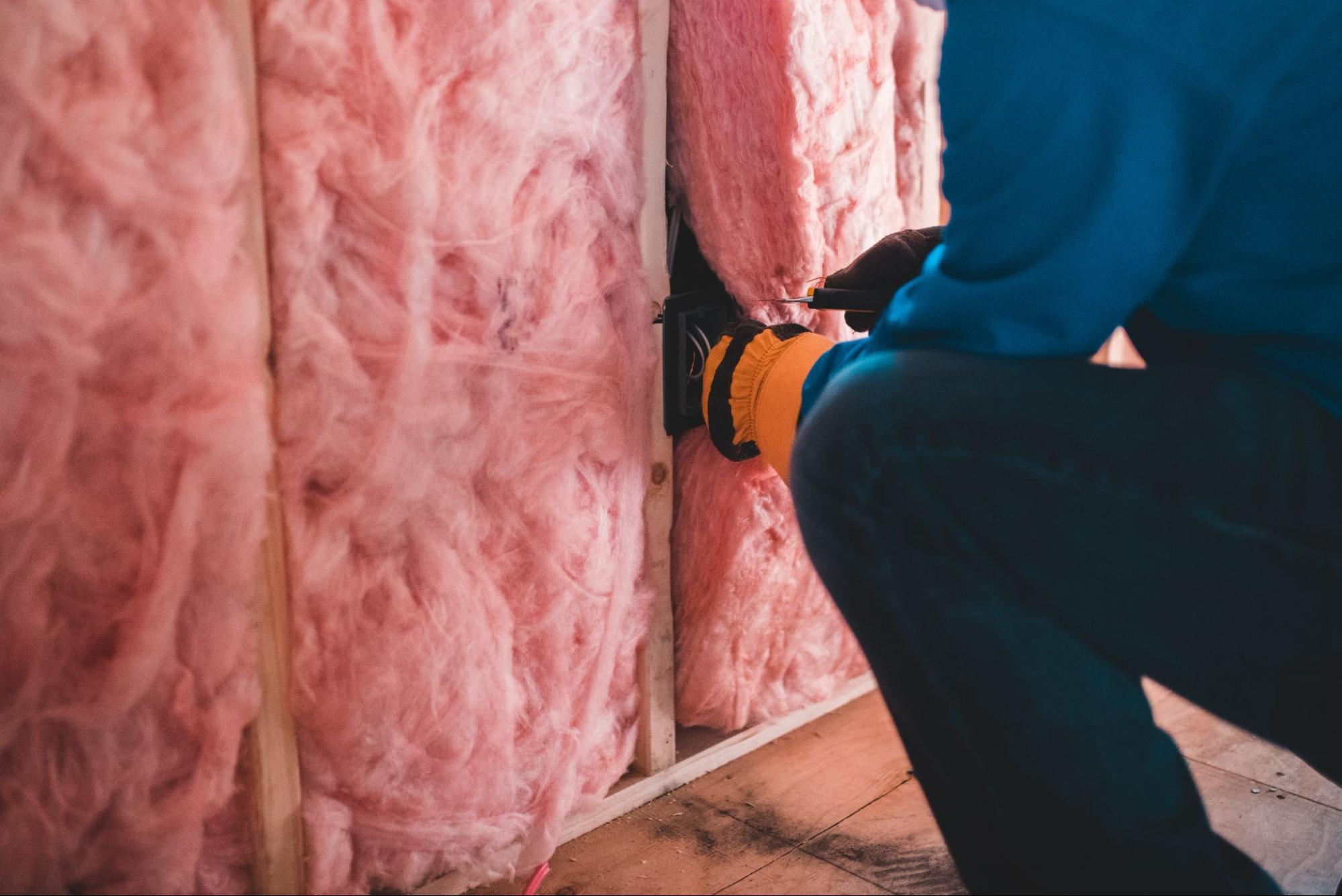
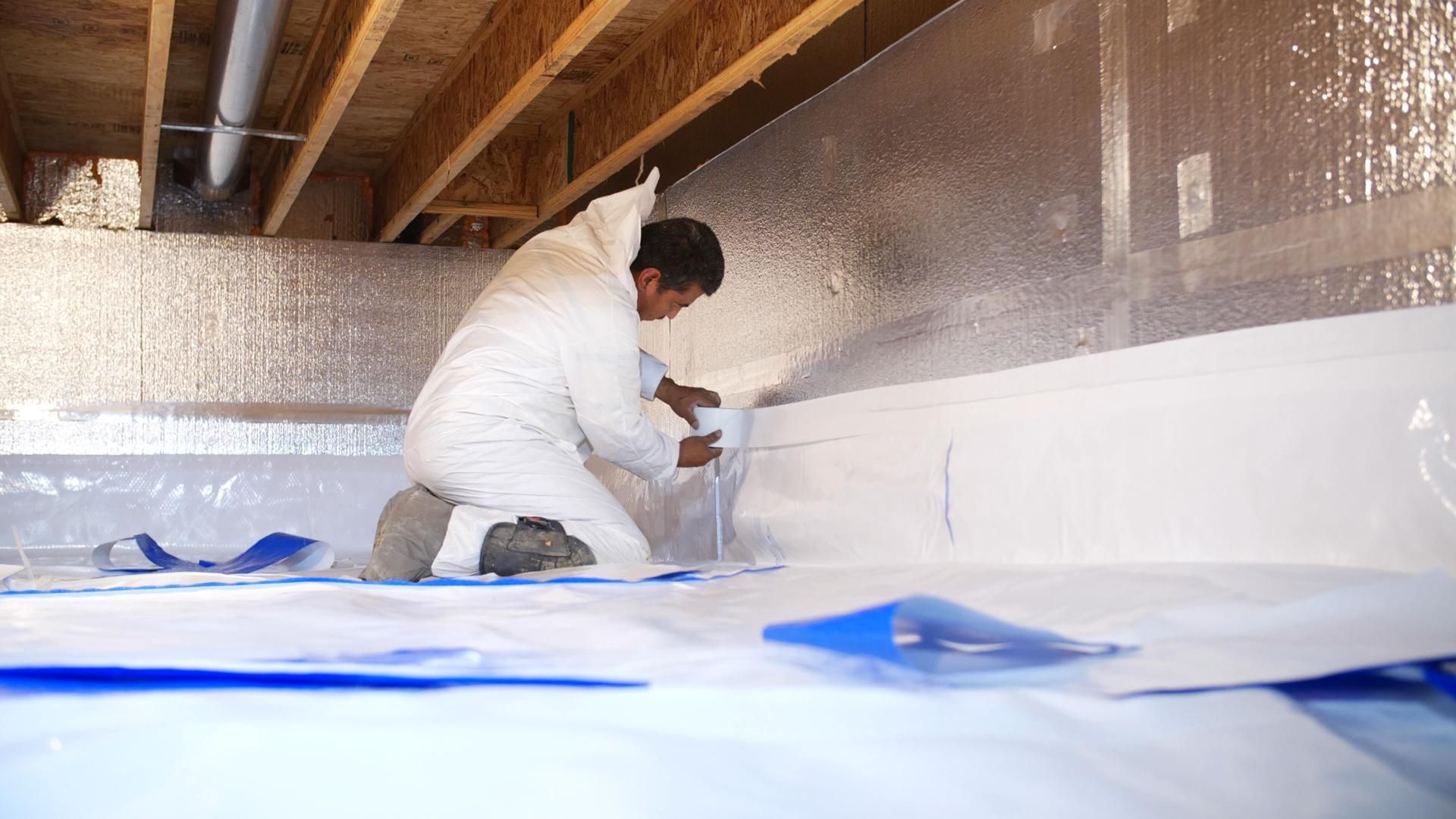
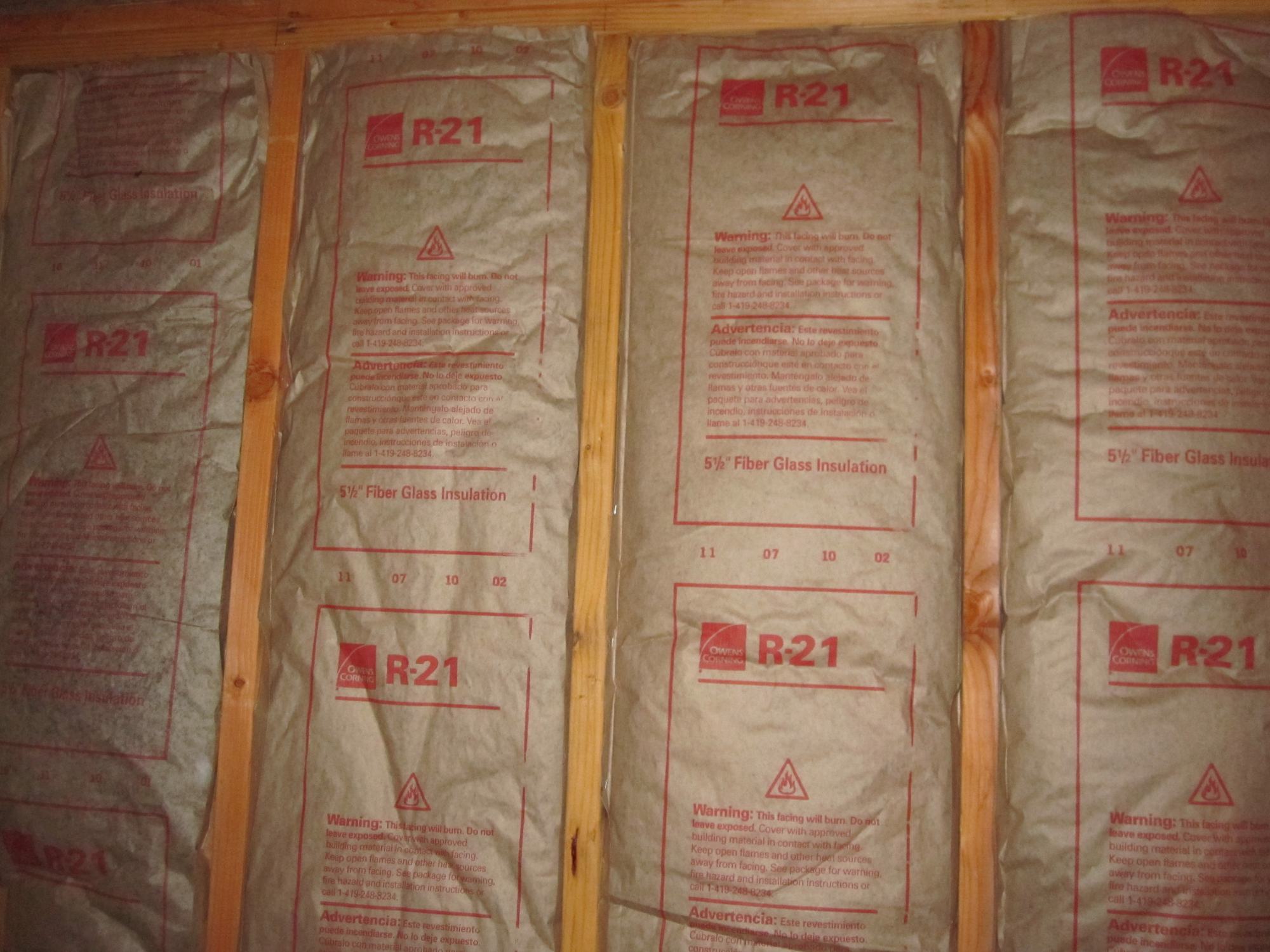
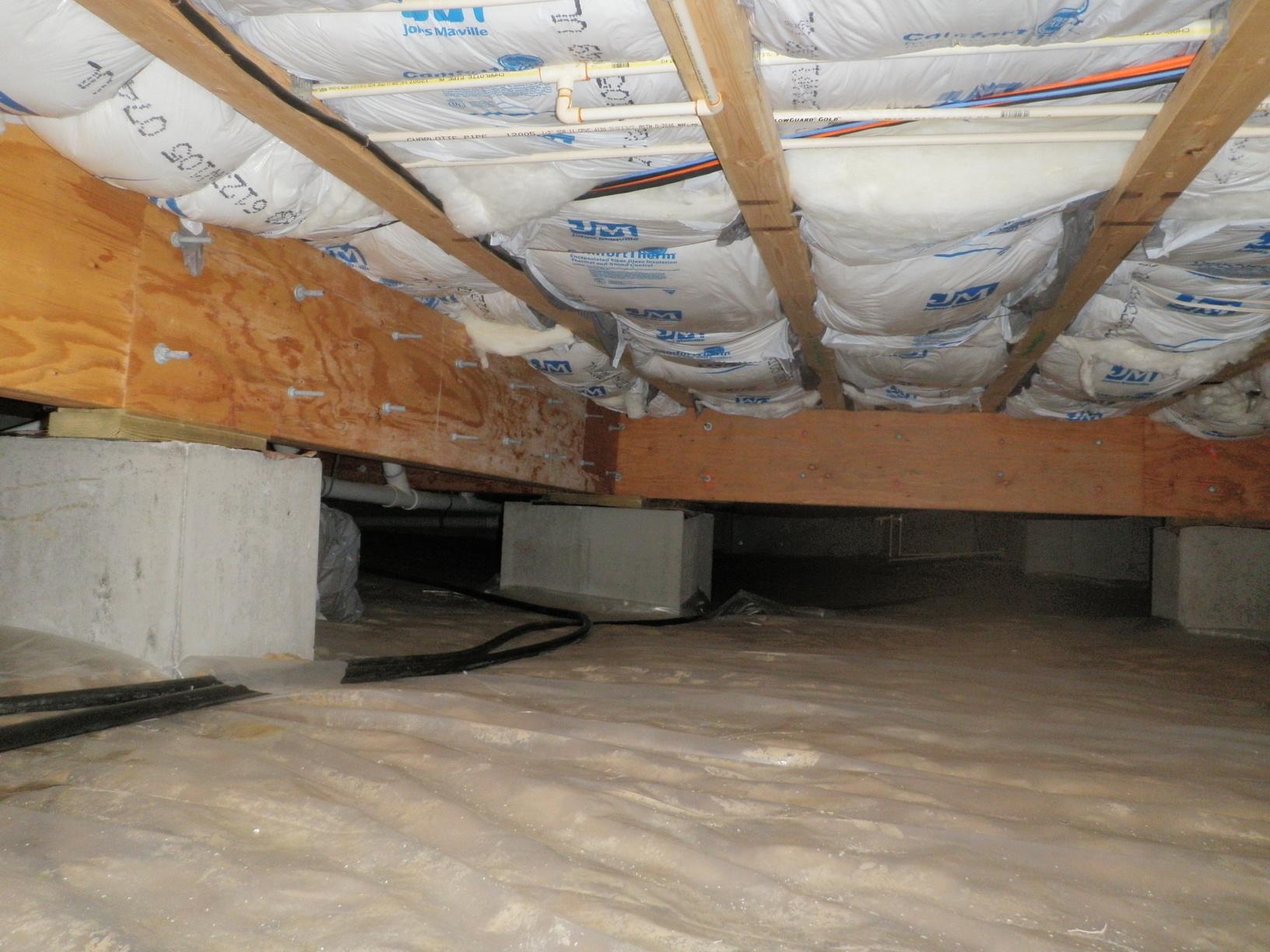
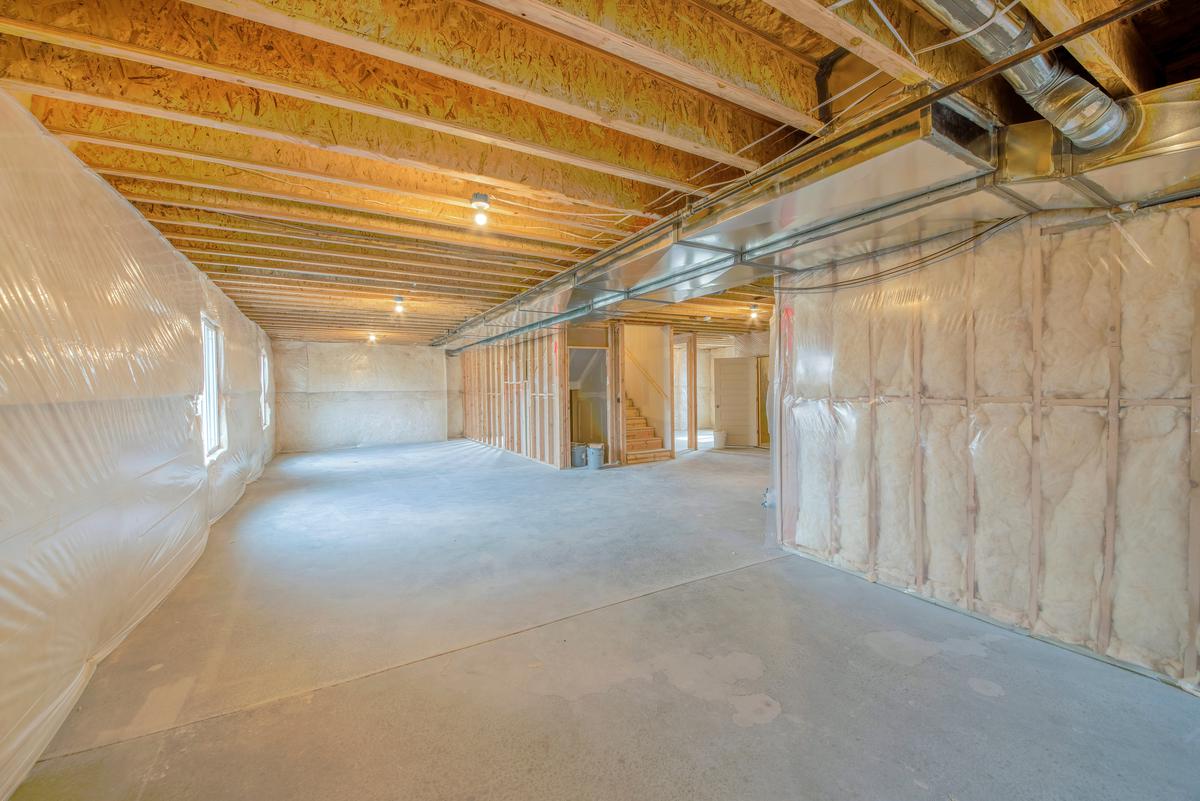
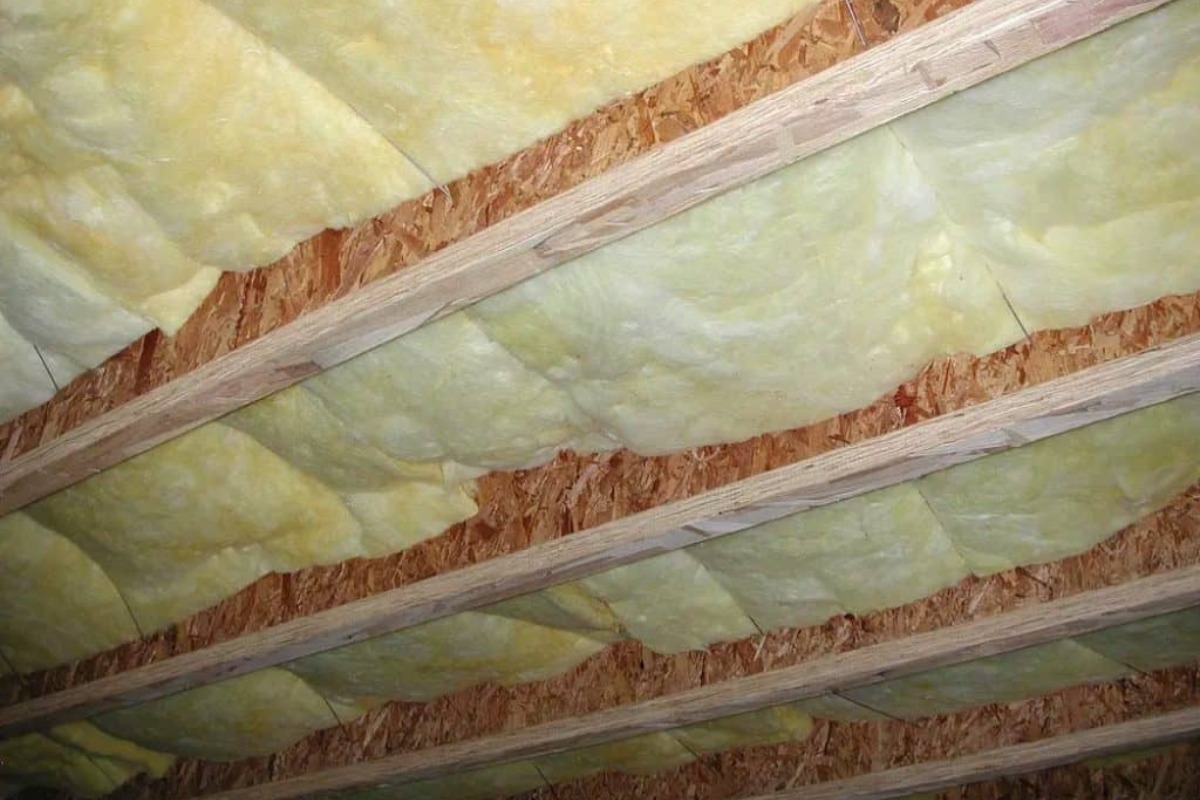
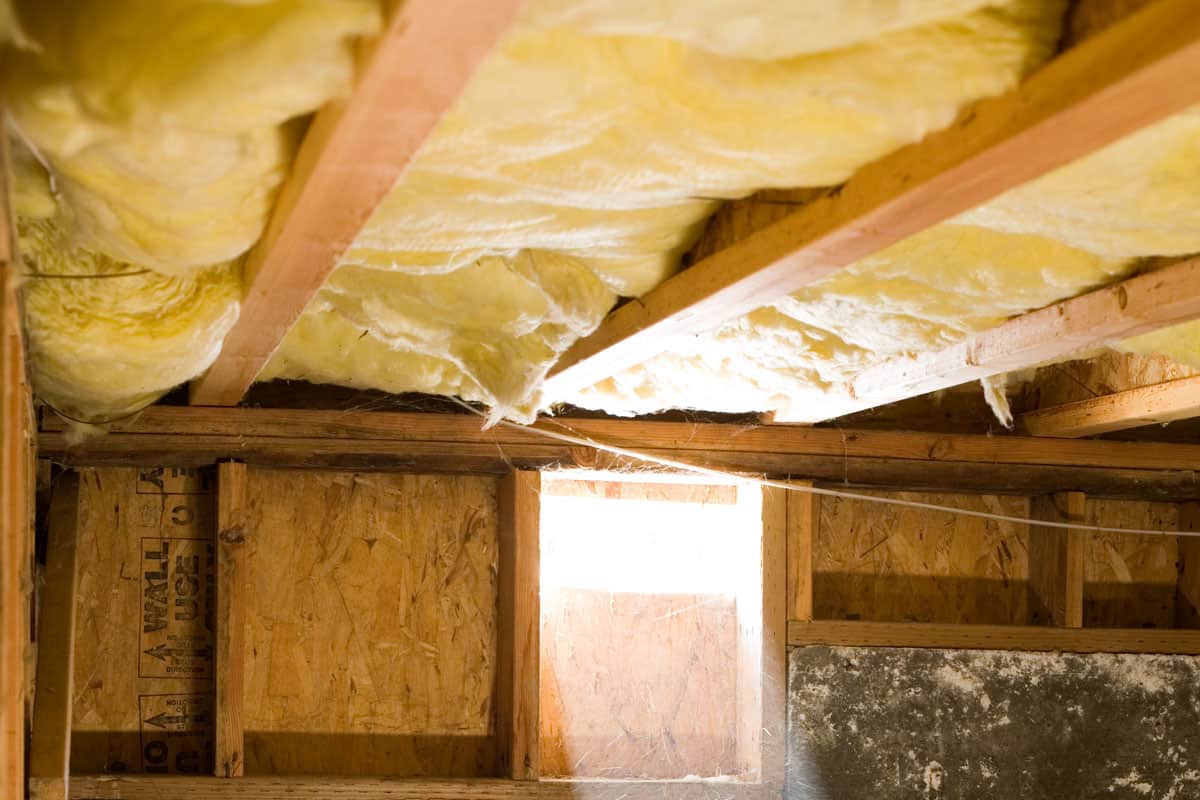
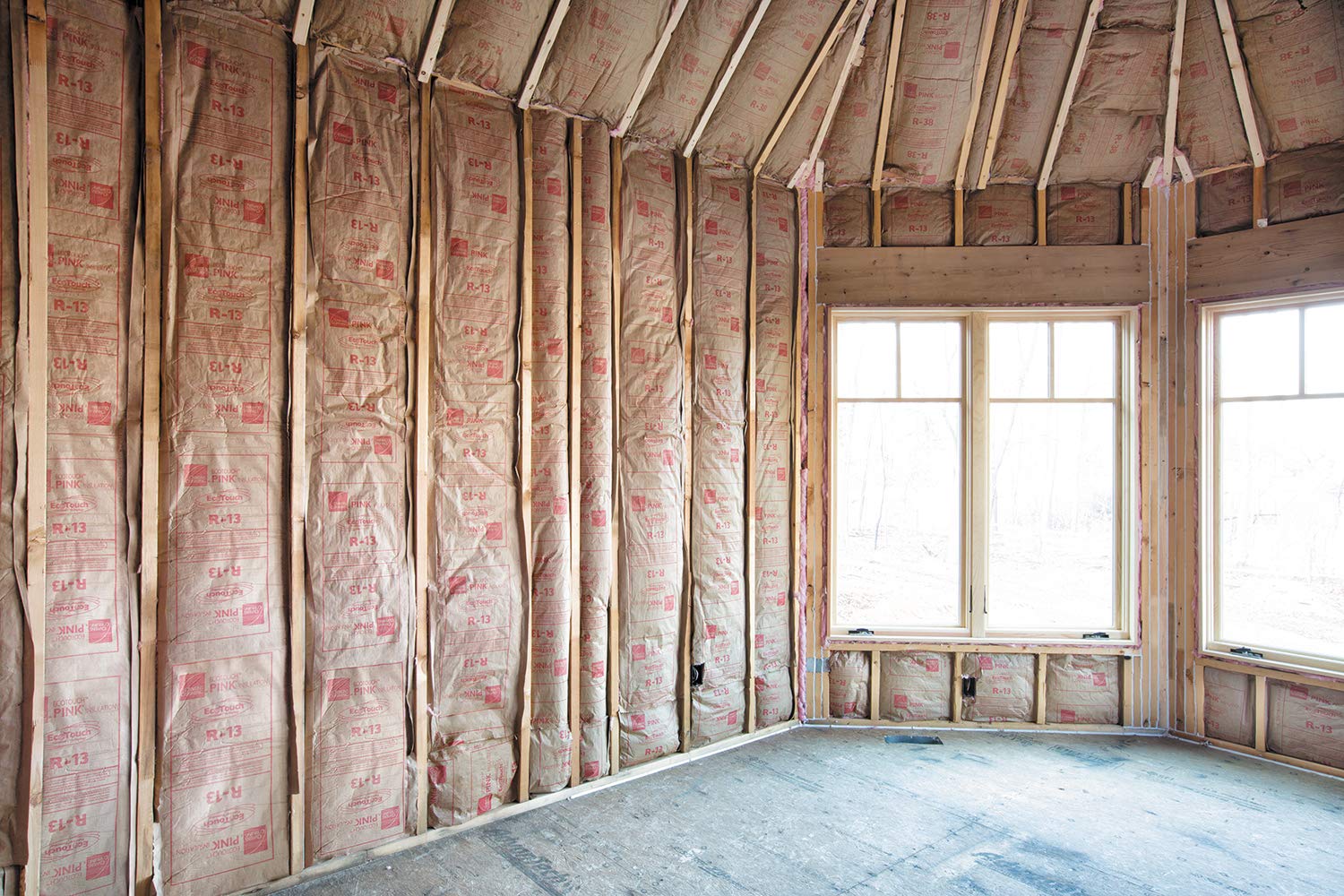
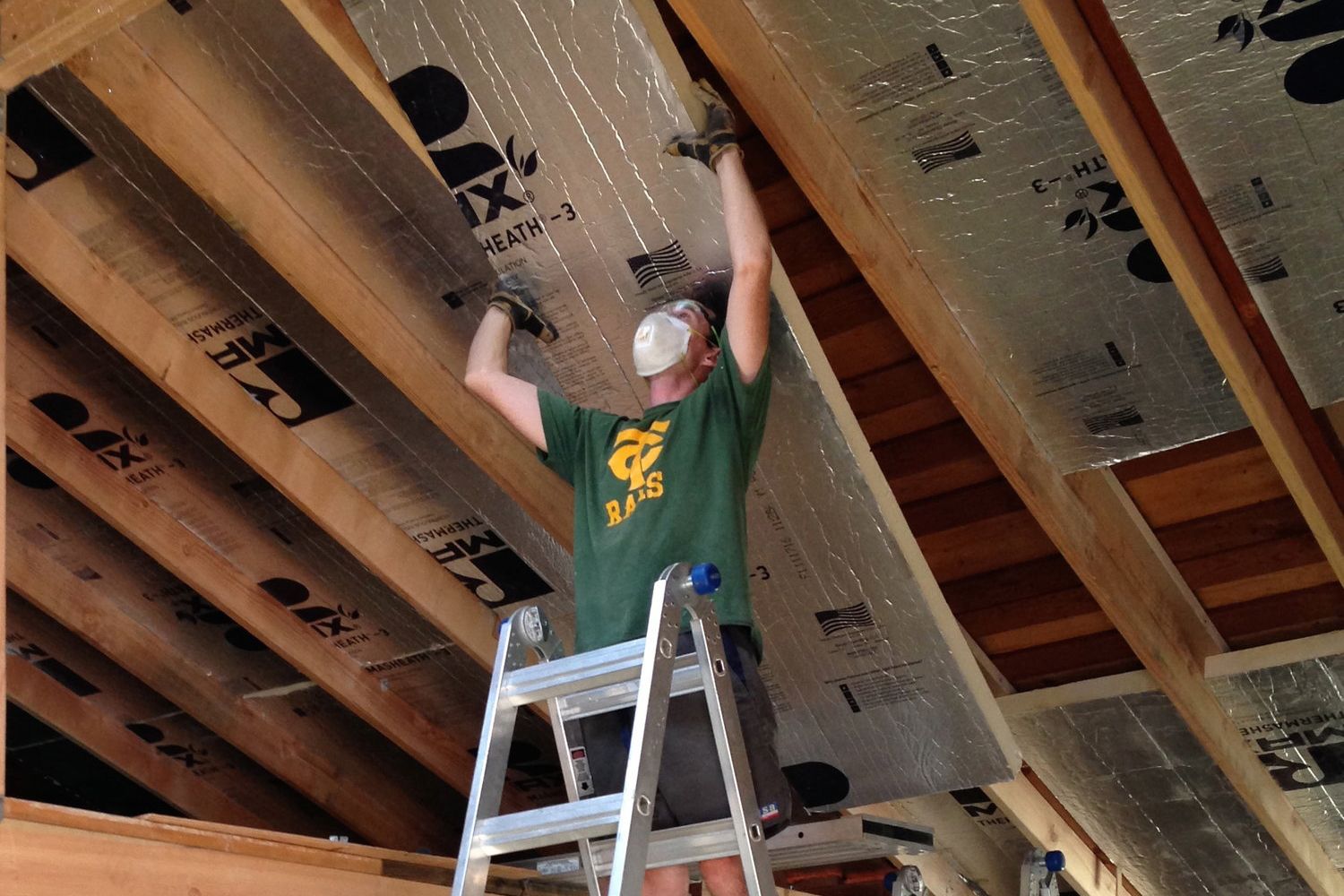
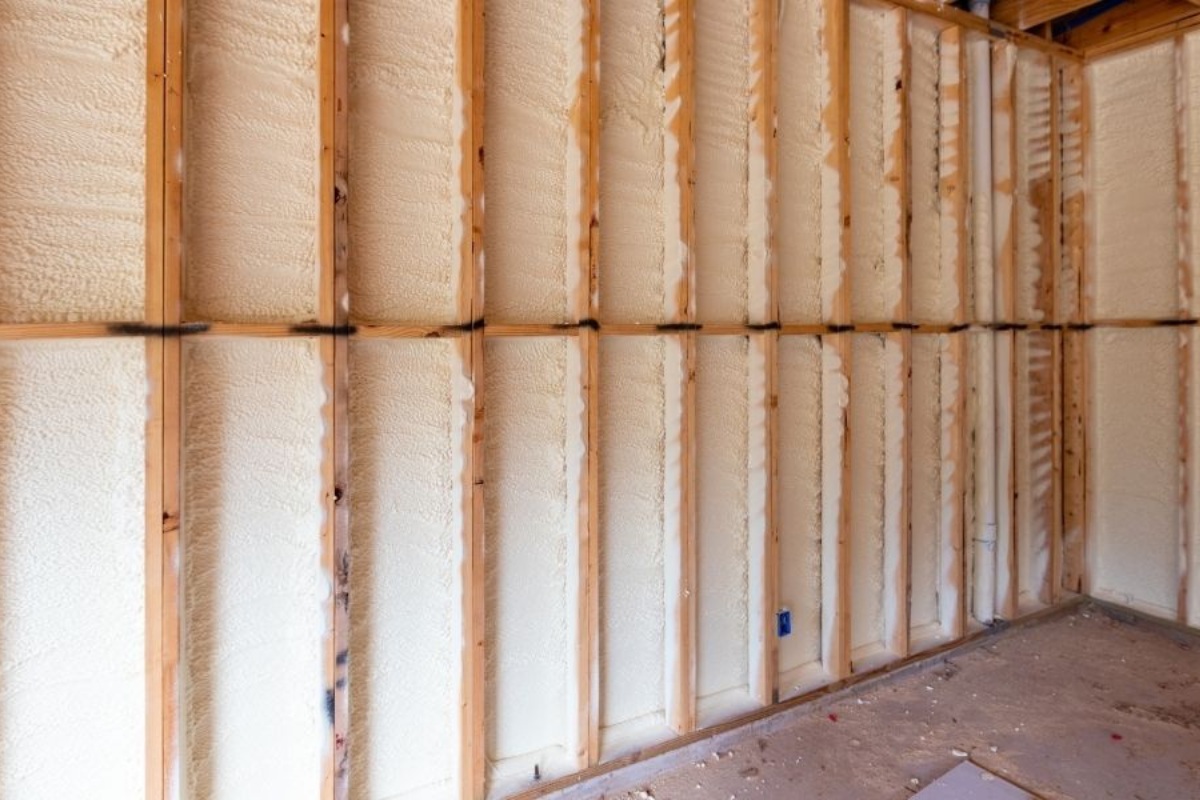
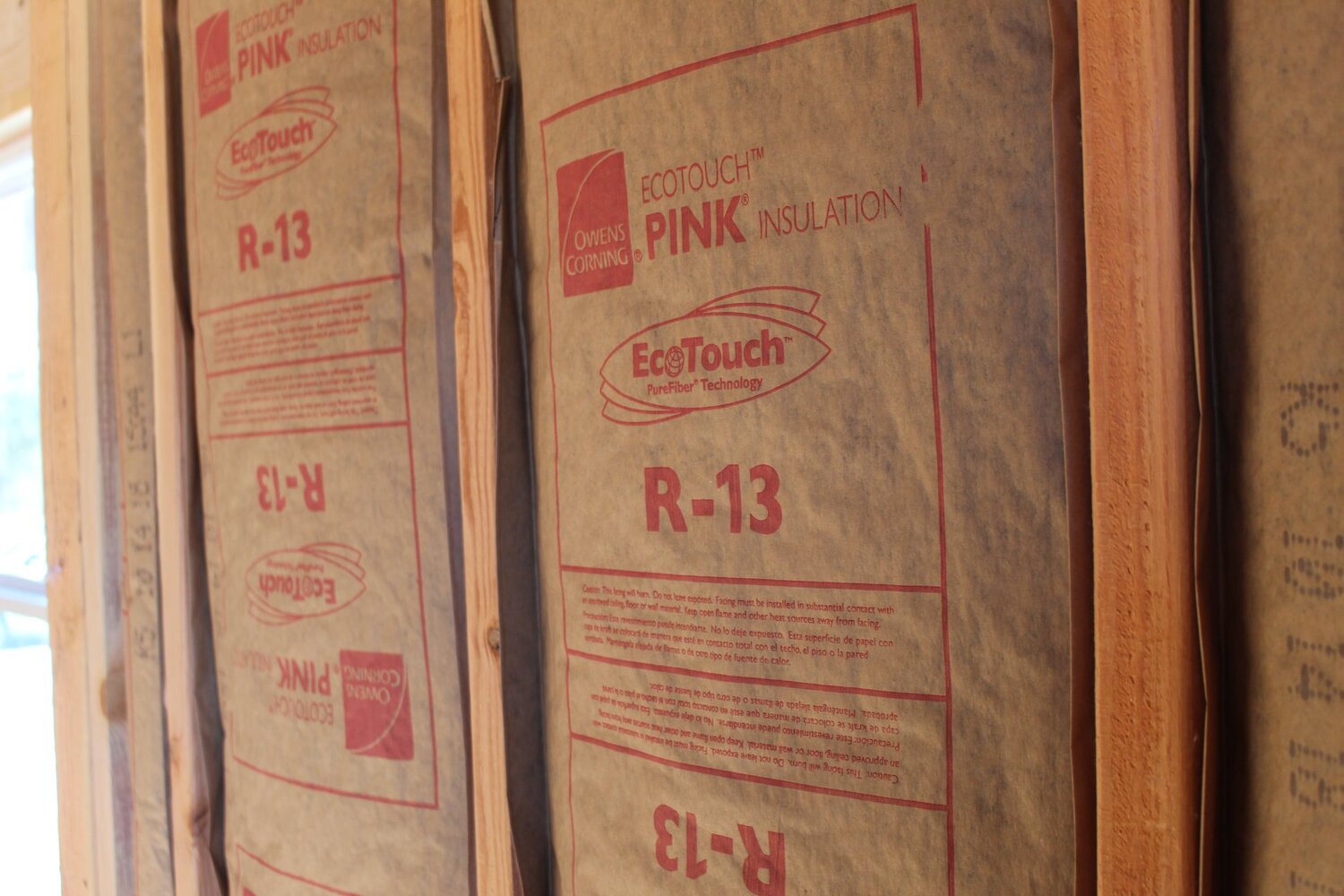
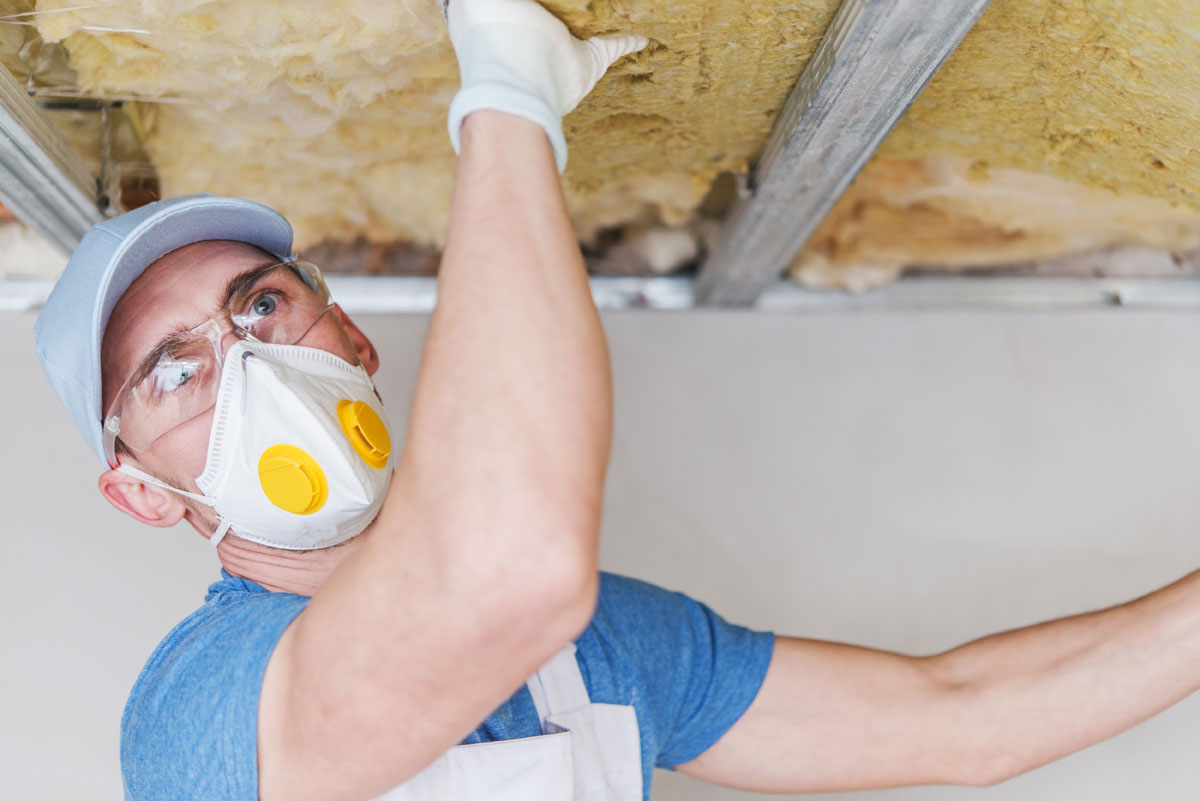
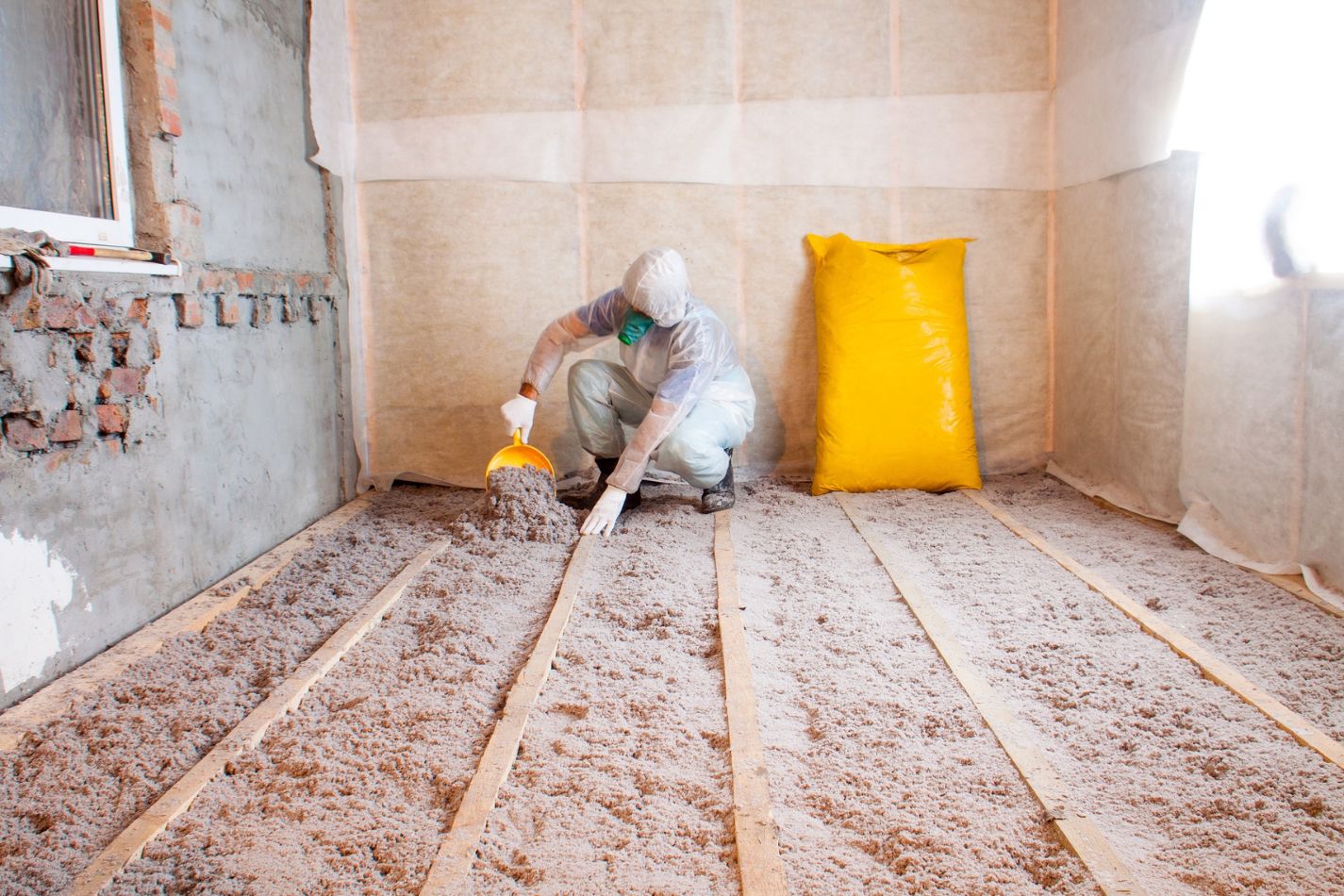

0 thoughts on “What Is The R-Value Of Double Bubble Insulation”